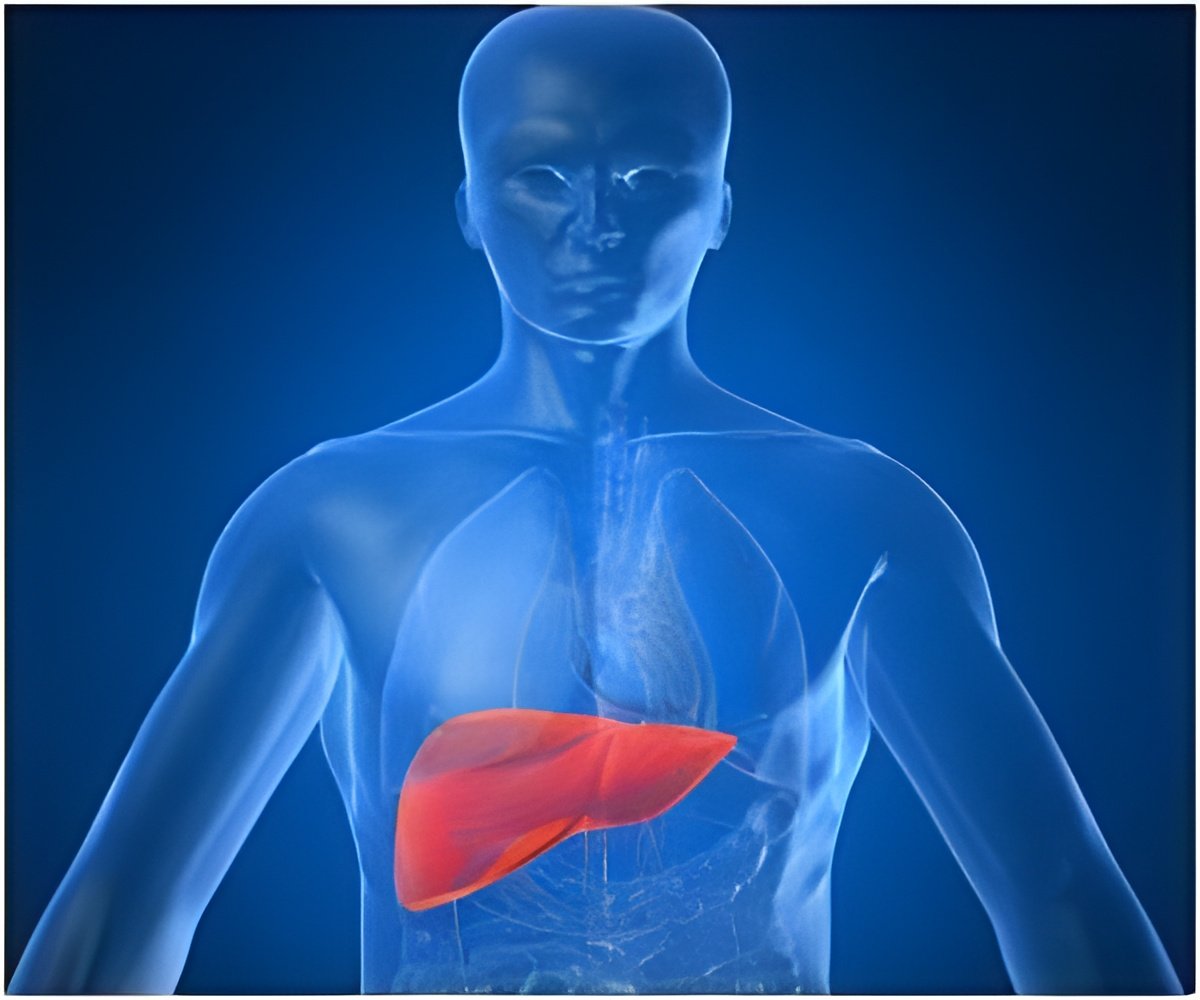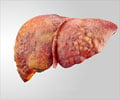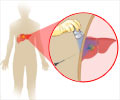Smoking, obesity, heavy alcohol consumption and chronic hepatitis B and C infection contribute to a large share of the disease burden of liver cancer in Europe.

To determine the contribution of each of these risk factors to hepatocellular carcinoma, Dimitrios Trichopoulos, Ph.D., of the Harvard School of Public Health, and colleagues, used data from the European Prospective Investigation into Cancer and Nutrition (EPIC) study, which was established to investigate the role of biological, dietary, lifestyle and environmental factors in the etiology of cancer and other diseases in several European countries. The researchers matched 115 patients with hepatocellular carcinoma to 229 control subjects.
The researchers found that 47.6% of the cases of hepatocellular carcinoma in the cohort were associated with smoking, 20.9% with hepatitis C, 16.1% with obesity, 13.2% with hepatitis B, and 10.2% with heavy alcohol intake. They write, "We have shown that hepatocellular carcinoma, one of the most lethal human cancers, is largely amenable to primary prevention with existing knowledge and technology," noting that "although chronic infection with HBV and/or HCV was the strongest risk factor for hepatocellular carcinoma, tobacco smoking was responsible for more cases of hepatocellular carcinoma than either or both these viruses in the population."
In an accompanying editorial, Morris Sherman, M.D., and Josep M. Llovet, M.D., of the Mount Sinai School of Medicine write that this study's results are consistent with those from other epidemiological studies, but that the numbers need to be put into context.
Specifically, the editorialists caution against giving too much importance to smoking as a risk factor of hepatocellular carcinoma, since in this cohort, smoking was present in a large proportion of the population, thereby making the attributable risk more substantial than it might have otherwise been. If fact, they point out that no studies to date support the notion that smoking is a stand-alone risk factor for liver cancer. They also stress that the study does not explore combinations of risk factors in defining disease risk. Still, the data on smoking are noteworthy, they conclude. "We should be counseling our patients who have other risk factors for hepatocellular carcinoma to quit smoking. Of course, there are many other health reasons to stop smoking. Here is one more."
A second study on hepatocellular carcinoma in this issue of the Journal confirms the association between hepatitis B and hepatocellular carcinoma among a population cohort in Greenland. However, the study also finds that the Greenlanders studied have a relatively low incidence of hepatocellular carcinoma compared to those in other parts of the world, suggesting that a more benign course of Hepatitis B infection is prevalent in Greenland and accounts for the lower incidence of hepatocellular carcinoma there.
Advertisement
The authors write that this finding could be attributable to a number of factors: for example, that the infection is transmitted typically during adolescence and adulthood, whereas infection during childhood carries a stronger risk for developing hepatocellular carcinoma; and that the strains of HBV that are associated with high risk of hepatocellular carcinoma are less common in Greenland than elsewhere. Furthermore, low smoking rates and alcohol consumption in Greenland may account for the lower rates of hepatocellular carcinoma, along with the relatively young age of the cohort studied (average age at recruitment was 33.4 years, with follow-up occurring in the mid-fifties.)
Advertisement
Source-Eurekalert












